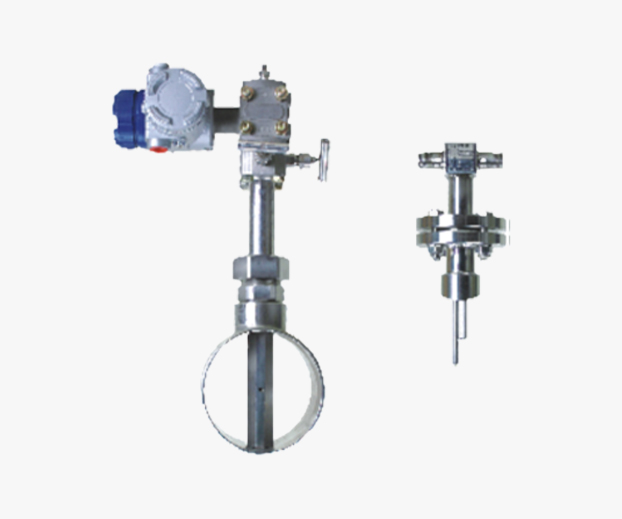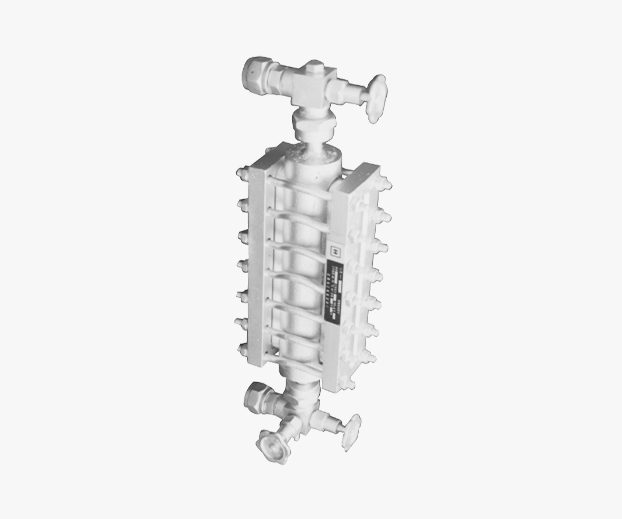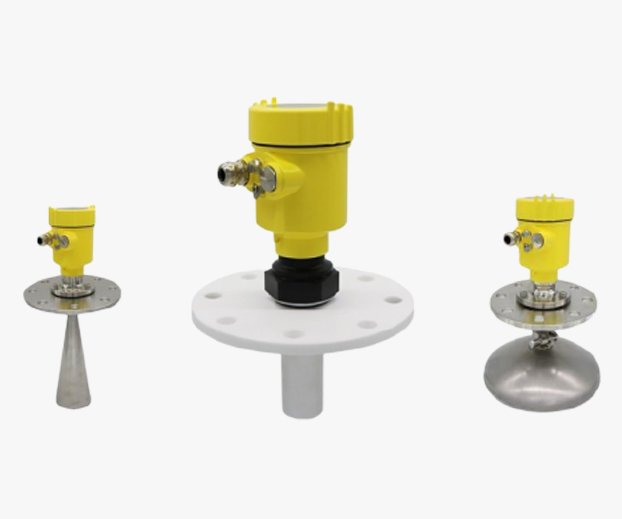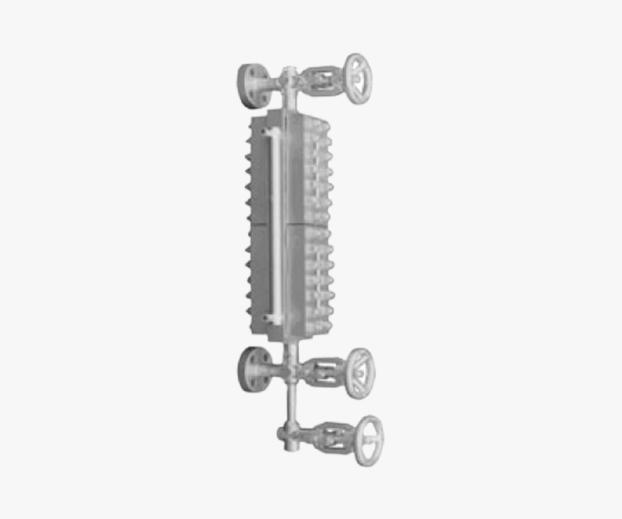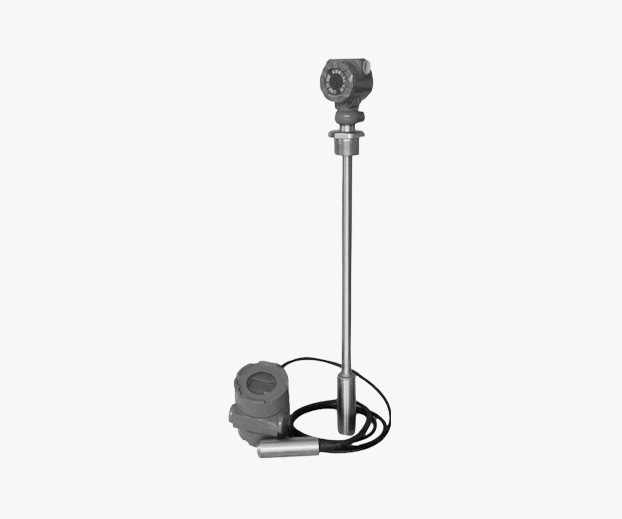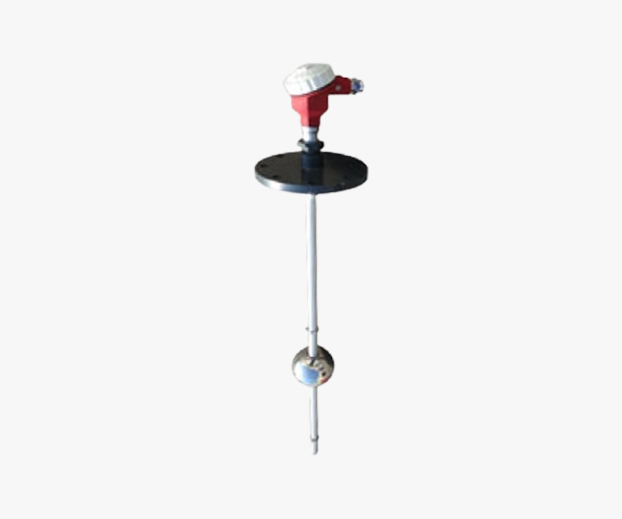
OVERVIEW
The two-wire RF level transmitter uses changes in capacitance to measure the level inside the storage tank. It is an independent process measuring instrument. As the level of the tank changes, the capacitance between the electrode and the tank wall also changes. The solid-state electronic circuit of the RF level transmitter will continuously monitor this change and compare it with a very stable reference circuit, then output a 4-20mA current signal proportional to the level.
Tested media: various liquids, viscous liquids, non-conductive liquids, corrosive liquids, mixed media, granular and powdery solid materials, etc.
Hazardous Locations
The intrinsic safety design of RF level transmitters, when used in conjunction with certified safety barriers, can form an intrinsic safety system for detecting flammable media. If used together with simple digital dial mounted meters or integrated into complex control systems, it can also be used for storage management, multi-point alarm, and pump control.
FEATURES
- Two line output signal
- Continuous process measurement
- Suitable for hazardous locations
- Almost any liquid can be detected
- Multiple installation methods: thread, flange
- A probe with strong chemical applicability
- Various types of electrodes: rigid, flexible, with heavy hammers or with fastening devices
Measuring electrode
The RF level transmitter adopts 316 stainless steel measuring electrodes, and the outer surface of the electrodes can be covered with polytetrafluoroethylene or polyvinyl chloride sheath according to different needs. The RF level transmitter can be installed with a 3/4 "NPT connector, or with a 1-1/4" NPT or flange. The length of the rigid electrode can reach 4175mm, and the length of the flexible rope electrode can reach 30m. The end of the rope electrode can be equipped with a bare or sheathed heavy hammer, which is used for containers without disturbance to the medium. For storage tanks with agitation, the lower end of the rope electrode can be equipped with a fastening device. The electronic unit of the RF level transmitter can also be installed separately from the electrode, with a distance of 6m between them. It is mainly used in high-temperature or strong vibration environments.
Technical Parameter
- Electrical parameters
Power supply: 15-32VDC (for intrinsic safety systems, the power supply voltage is 27VDC)
Output: 4-20mA. DC
Output impedance: 450 Ω @ 24VDC (depending on voltage)
Damping: 0-3 seconds (selected with a jumper)
Calibration: Zero and full adjustment, with frequency selection
Tested capacitance range: 0-4000pf (nominal value)
Accuracy: ± 1% (when the dielectric constant is constant)
Protection level: IP65
Explosion proof grade: Exia Ⅱ CT5 intrinsic safety type Exd Ⅱ BT4 explosion-proof type - mechanical parameters
Shell: Aluminum alloy coated with anti-corrosion polyester paint
Environmental temperature: -40 ℃ -+49 ℃ (elevated type can be used for higher temperatures) - Electrode parameters
Length: A, B, M, N, P-type electrodes specified by the user, with a length of 4175 millimeters;
D. H-type and I-type electrodes, 30 meters long. - Electrode options
A. D and E type electrodes are only used for non-conductive media. When used on fiberglass or lined containers, auxiliary grounding rods or coaxial sleeves (reference ground) should be used

APPLICATION PRECAUTIONS
- For conductive media, electrodes with insulating sheaths should be selected
- When the temperature of the medium is higher than 98 ℃, a separated or elevated type should be selected.
- For areas with limited space at the top of the storage tank, please use flexible electrodes.
- Electrodes and storage tanks with end fastening devices should have manholes for easy access and installation.
- It is not recommended to use this instrument in situations where the dielectric constant of the medium changes.
